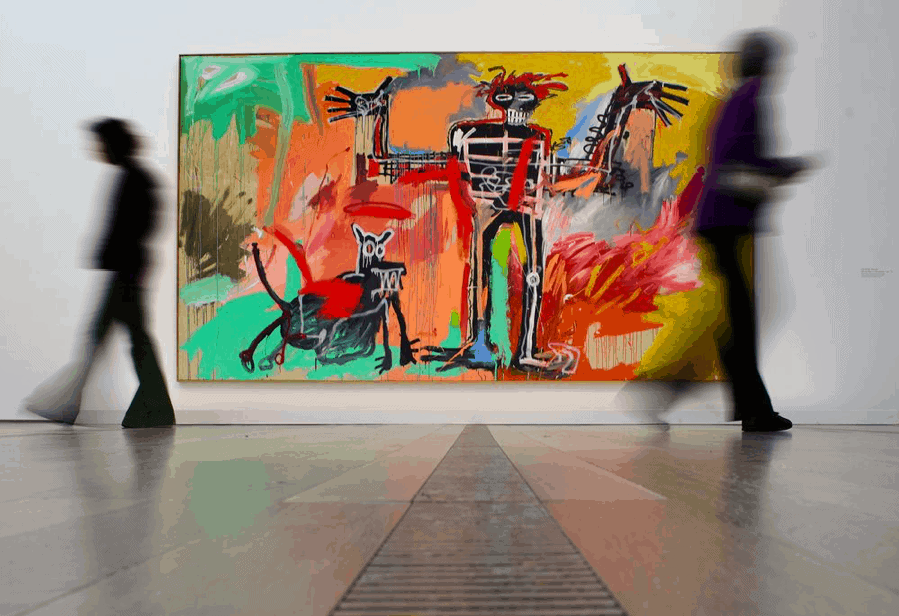“If the collector does not go to the mountain, the mountain will go to the collector”

When there is no physical art world, how do you substitute that experience? [1] Either virtual fairs, PDF’s, photo film slides, or smoke signs, collectors and investors, no matter their age, are able to move mountains for an artwork that has attracted their attention.
Still, The New York Times has highlighted a generational gap that has supposedly been caused by the rapid digitalization of the art market and adaptation required for self-isolation during the pandemic. On one side, younger, digitally-minded collectors are predictably more receptive to online purchases, albeit at relatively low price levels. By contrast, more experienced collectors, conscious of possible condition and provenance issues, remain wary — and it is their spending that makes the art world go around. [2]
While we do agree that the primary market has been seriously affected by this sudden transformation, we believe that more experienced collectors and savvy investors of the secondary market have continued doing their business as usual. We even witnessed a private sale record only a few days ago made by hedge fund manager Ken Griffin, who bought a Jean-Michel Basquiat painting for more than $100 million.[3] Which makes us doubt if there really is a gap?
Christie’s and Sotheby’s have been holding online auctions since 2012, Artnet has been offering direct trading through its online platform since 2008, and dealers and gallerist have been using PDF’s to share their pieces to collectors since we have memory (replacing the now-prehistoric floppy disks, or even museum-worthy photo film slides). So, in reality, the only tangible cause for this gap is the transparency in private sales.[4] Therefore, we should only aim to create a more transparent bridge between the actual sellers and the buyers to facilitate closings, avoid unnecessary fees, and improve the quality of collections. No matter the format in which an artwork is presented, it’s intrinsic value and artistic merit will remain untouched.

[1] Reyburn, Scott. “As the Art World Goes Online, a Generation Gap Opens.” The New York Times, The New York Times, 8 June 2020, www.nytimes.com/2020/06/08/arts/design/buying-art-online.html
[2] Ibid
[3] Kamp, Justin. Hedge fund manager Ken Griffin bought a Jean-Michel Basquiat painting for more than $100 million. Artsy. 5 June 2020. https://www.artsy.net/news/artsy-editorial-hedge-fund-manager-ken-griffin-bought-jean-michel-basquiat-painting-100-million
[4] We recently further inquire on this topic in the article “Artistic merit doesn’t get “burnt”!’” where we encourage the autonomy of aesthetic worthiness of a truly high-quality piece despite it being openly offered or having been BI. https://www.artemundi.com/artistic-merit-doesnt-get-burnt/
